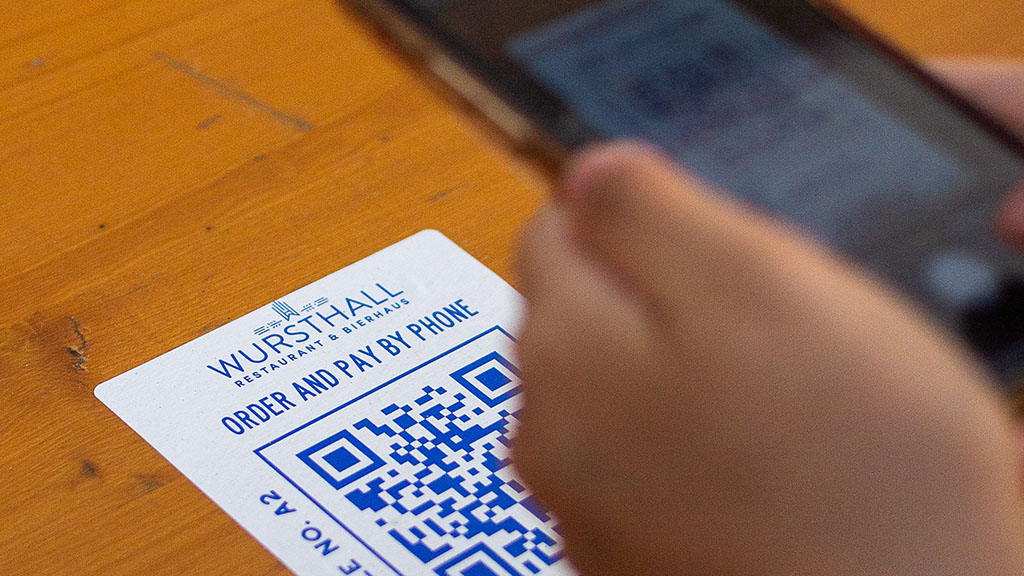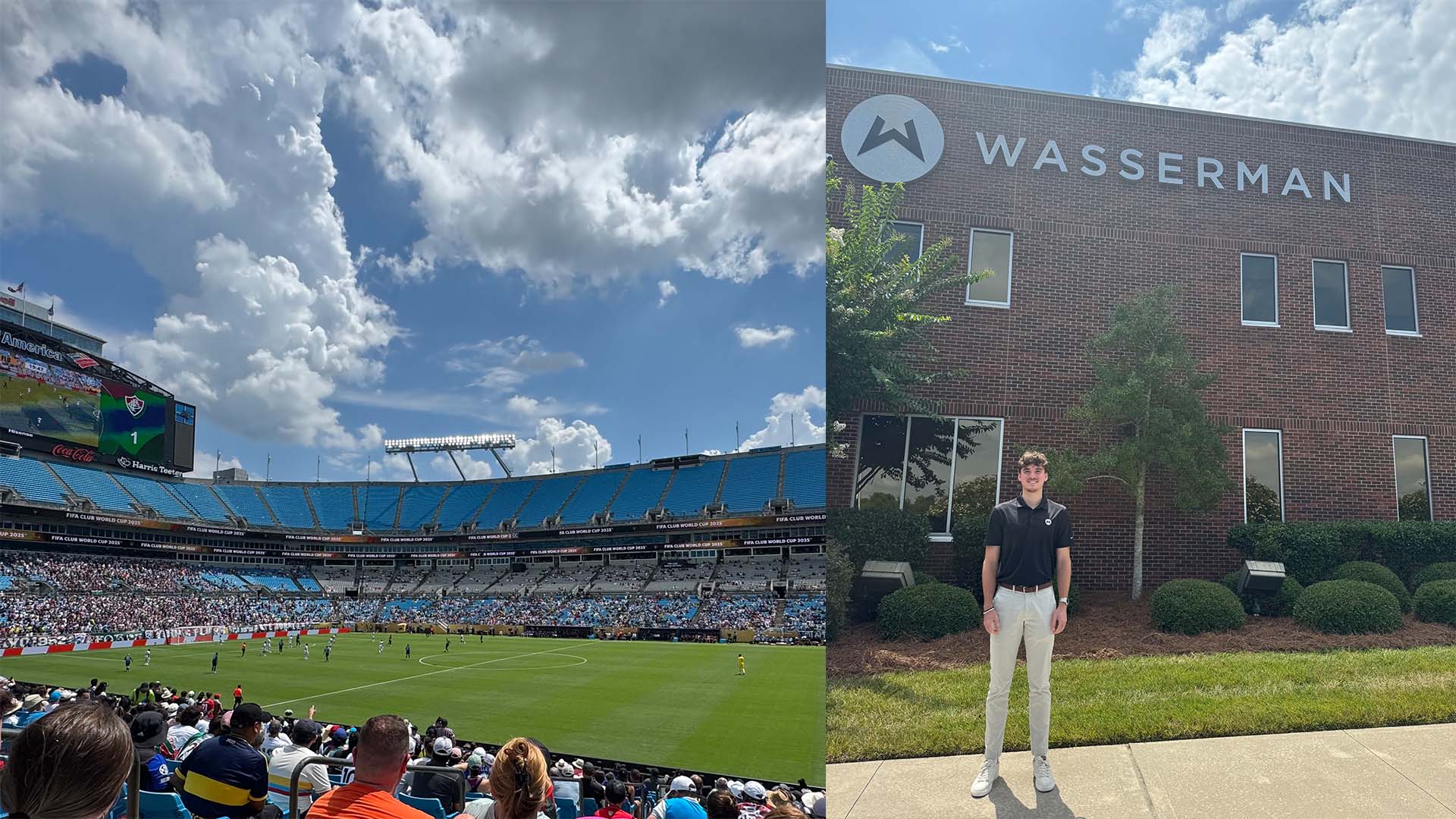Long Live the QR Code!
A QR code, or “Quick Response” code, is a type of two-dimensional barcode which stores information as a series of pixels within a square-shaped grid. These barcodes, which can be easily read by digital devices, were developed in Japan in 1994. They were originally developed for use in manufacturing as a more accurate way to track vehicles and parts during the car manufacturing process. Since these scans can also contain data that can point to a website or application, they soon became popular for use in advertising and marketing.
So, what place do these have in the food service industry? Up until three years ago, I would have said “not much.” Although QR codes were widely used abroad, widespread use in the US remained sparse. The subject of QR codes and their benefits was not something we focused on even within my food and beverage technology classes. So, what has changed?
First of all, let’s examine the food and beverage industry. Food manufacturers and frontline restaurant operators are now required to provide more information to the consumer. Federal and/or state requirements around listing ingredients and allergens as well as the need to provide this information in more than one language present challenges. Available “real estate” on packaging and menus became an issue. QR codes provided a solution as they can store lots of information and can be digitally accessed using a smartphone.

The most obvious reason for the recent explosion of this technology was the pandemic. The need to eliminate cross-contamination with paper menus drove the widespread use of QR codes in the food and beverage industry. QR codes could now be used to replace the paper menu. Patrons simply scan the QR code with their mobile devices and can access the complete menu. Point-of-sale systems also expanded on the use of QR codes for tableside ordering and payment.
We should expect that this technology will continue to grow and expand even post-pandemic. Although some patrons did not care for the use of QR codes, restaurants have continued utilizing them. Staffing shortages and the need for increased work efficiencies are evident today, and solutions are needed now more than ever. Printing and reprinting menus is a costly investment for a restaurant. Using QR codes can decrease this cost. What was once not widely accepted within the food and beverage industry may now have a permanent place. Long live the QR code!
APPLY TO JWU TRANSFER TO JWU PLAN YOUR VISIT



